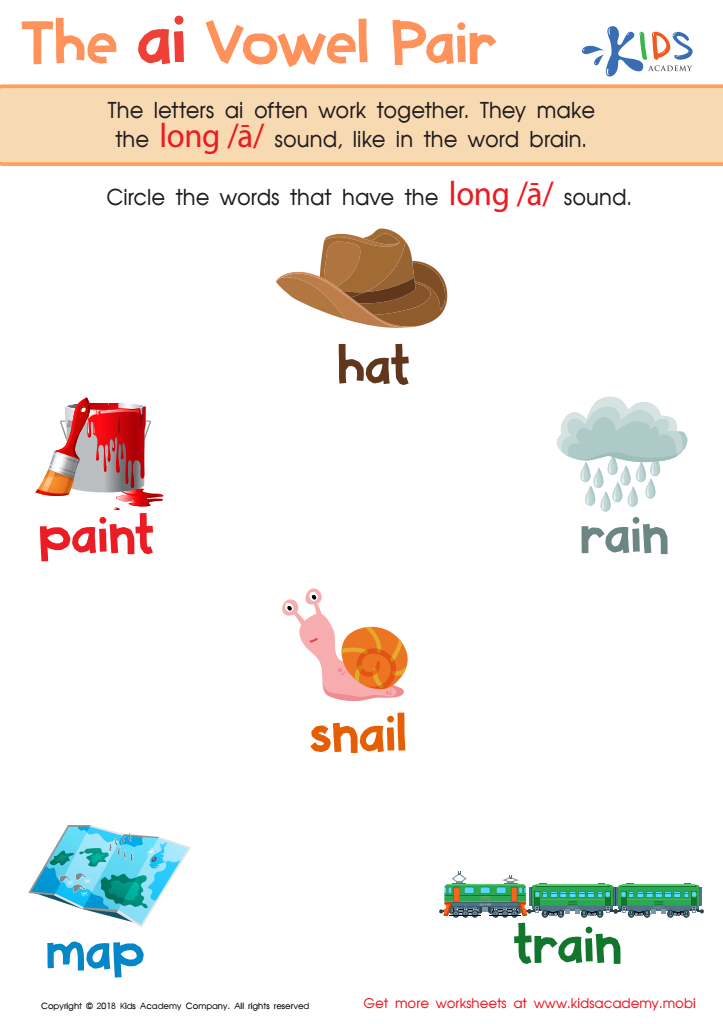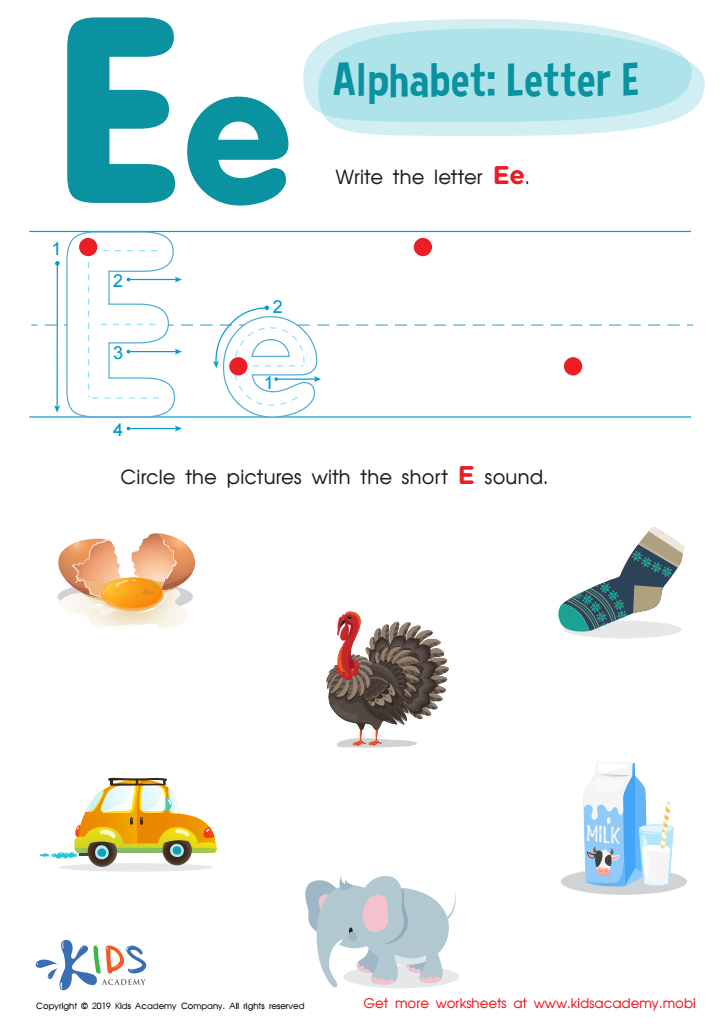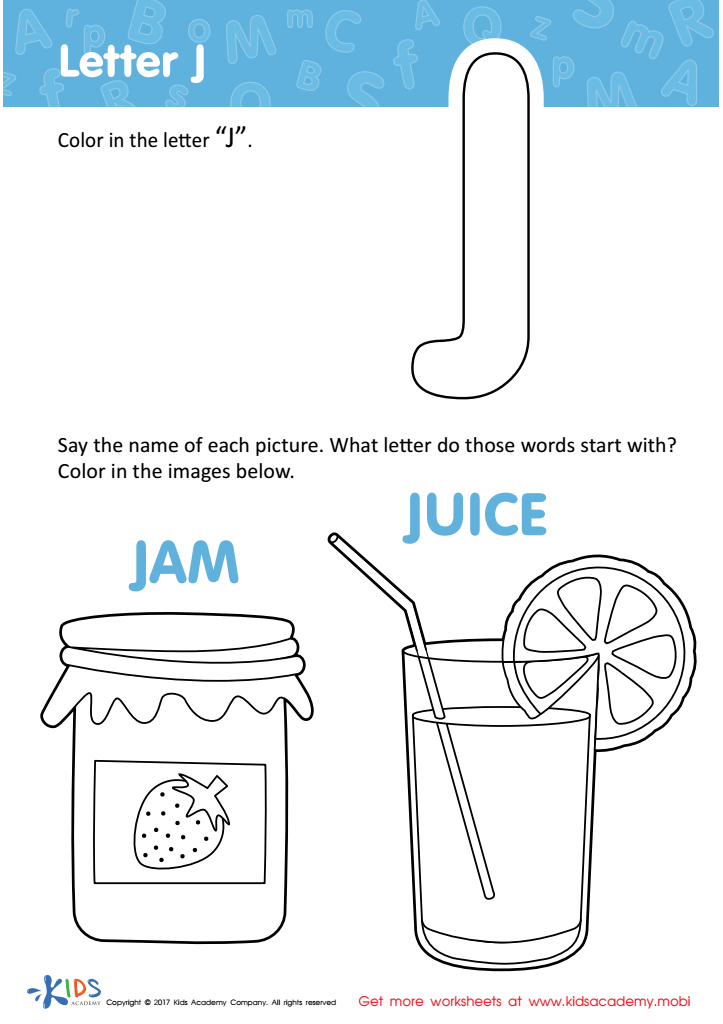Sound-letter association Alphabet Worksheets for Ages 6-9
3 filtered results
-
From - To
Explore our engaging Sound-Letter Association Alphabet Worksheets designed for children ages 6-9! These interactive resources help young learners connect sounds with corresponding letters, building essential phonemic awareness and literacy skills. Each worksheet features fun activities and colorful illustrations that make practicing sound-letter relationships enjoyable and effective. Ideal for both home and classroom use, these worksheets cater to various learning styles, ensuring every child can thrive. Watch your child's confidence grow as they master the letters of the alphabet while boosting their reading readiness. Start their learning journey today with our thoughtfully crafted worksheets that promote early literacy through playful exercises!


The AI Vowel Pair Worksheet


Letter E Tracing Worksheet


Letter J Coloring Sheet
Sound-letter association, or phonics, is a critical foundation in literacy for children ages 6-9. Parents and teachers should prioritize this concept because it directly impacts a child's reading and writing abilities. At this developmental stage, children begin to connect sounds (phonemes) with their corresponding letters or letter combinations (graphemes). Mastering this relationship is essential for decoding words, which in turn fosters reading fluency.
Understanding sound-letter associations helps children recognize patterns in words, making it easier for them to tackle unfamiliar vocabulary. This skill promotes confidence and independence in reading, which can enhance a child's overall academic performance. Furthermore, early proficiency in reading supports comprehension skills, allowing children to engage more fully with texts and develop a love for literature.
Moreover, phonics instruction fosters phonemic awareness, which is crucial for spelling. When children learn to associate sounds with letters, they can better encode (spell) words as they hear and identify sounds in spoken language. Therefore, parents and teachers should advocate for strong phonics programs, creating an enriched learning environment where children can thrive as competent readers and writers. This foundational literacy skill lays the groundwork for lifelong communication success.

 Assign to My Students
Assign to My Students


















